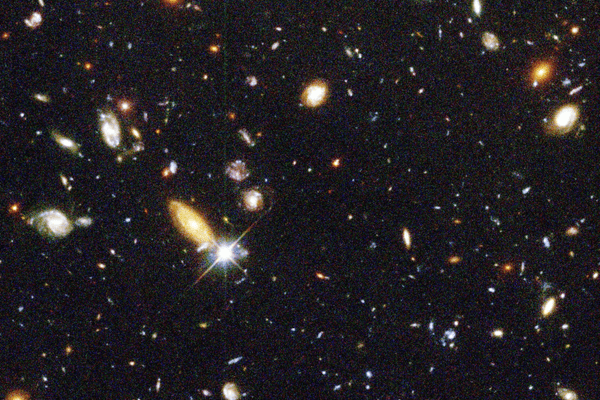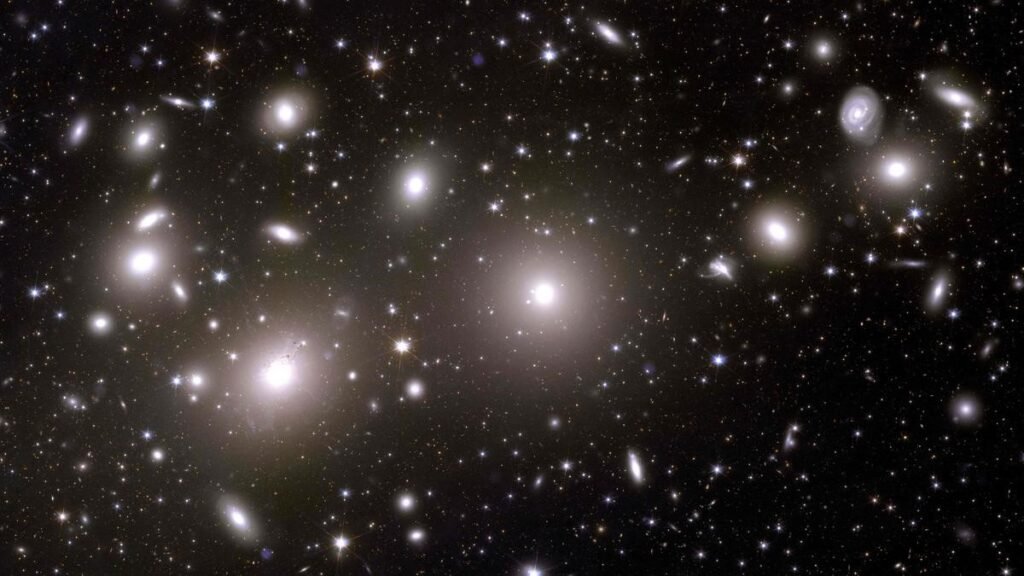Hubble Tension highlights a significant discrepancy between different measurements of the Hubble constant, suggesting potential flaws in the current Λ CDM model
About Λ cold dark matter:
- The current model, known as Λ cold dark matter or “lambda CDM,” is the simplest explanation for various features of the universe, such as radiation remnants from the Big Bang, the distribution of galaxies, and the expanding nature of the universe.
- Cosmologists are actively seeking a new and improved model to address issues that the Λ CDM model cannot, particularly the Hubble tension.
- Multiple measurements and analyses have confirmed the existence of the Hubble tension, indicating it is not a statistical anomaly.
What is Hubble tension?
- The “Hubble tension” refers to the ongoing discrepancy between different measurements of the Hubble constant (H0), which is the rate at which the universe is expanding.
- This tension arises from two different methods used to measure H0, one based on observations of the early universe’s afterglow (cosmic microwave background radiation) and the other based on observations of nearby galaxies.
The two method:
Early Universe Observations (CMB):
- These measurements are derived from observing the conditions of the early universe, specifically through the cosmic microwave background radiation.
- The data for these measurements are largely obtained from the Planck satellite.
- This method provides a lower estimate of the Hubble constant, around 67.4 km/s/Mpc.
Cosmic distance ladder:
- Another method involves observing the distances to nearby galaxies and their recessional velocities (how fast they are moving away from milky way due to the expansion of the universe).
- One of the primary methods for this involves using Type Ia supernovae as “standard candles” and employing the cosmic distance ladder.
- Cosmic distance ladder is a set of techniques used to measure the distance to objects that are close, further away, and very far away from the earth.
- These measurements yield a Hubble constant around 73.5 km/s/Mpc.
Ref:Source
| UPSC IAS Preparation Resources | |
| Current Affairs Analysis | Topperspedia |
| GS Shots | Simply Explained |
| Daily Flash Cards | Daily Quiz |



